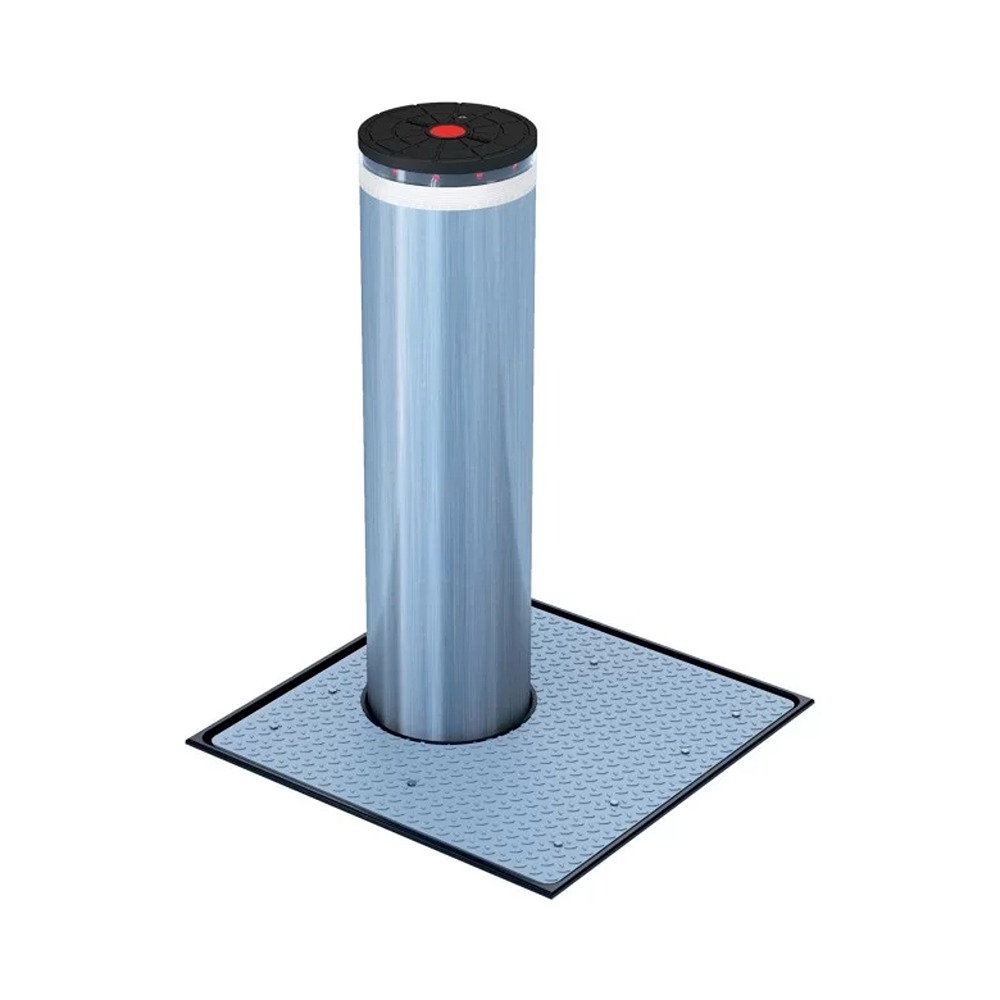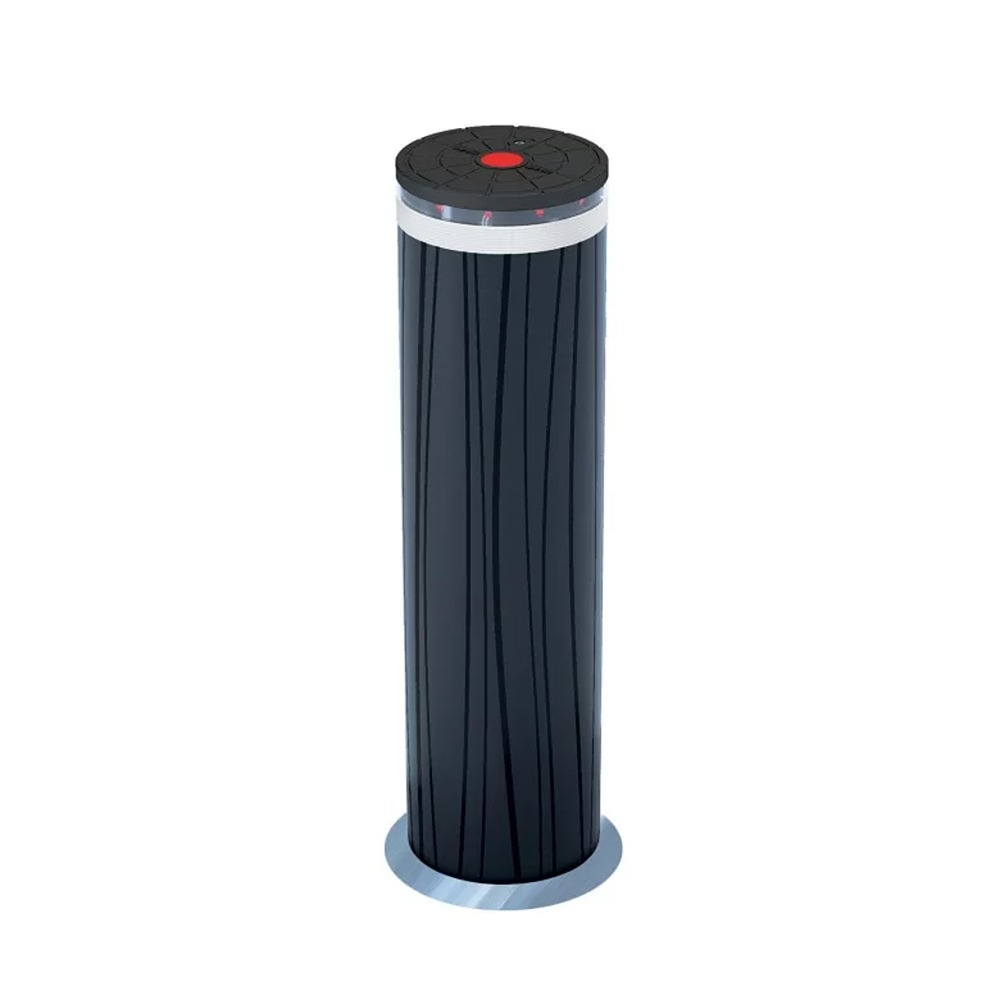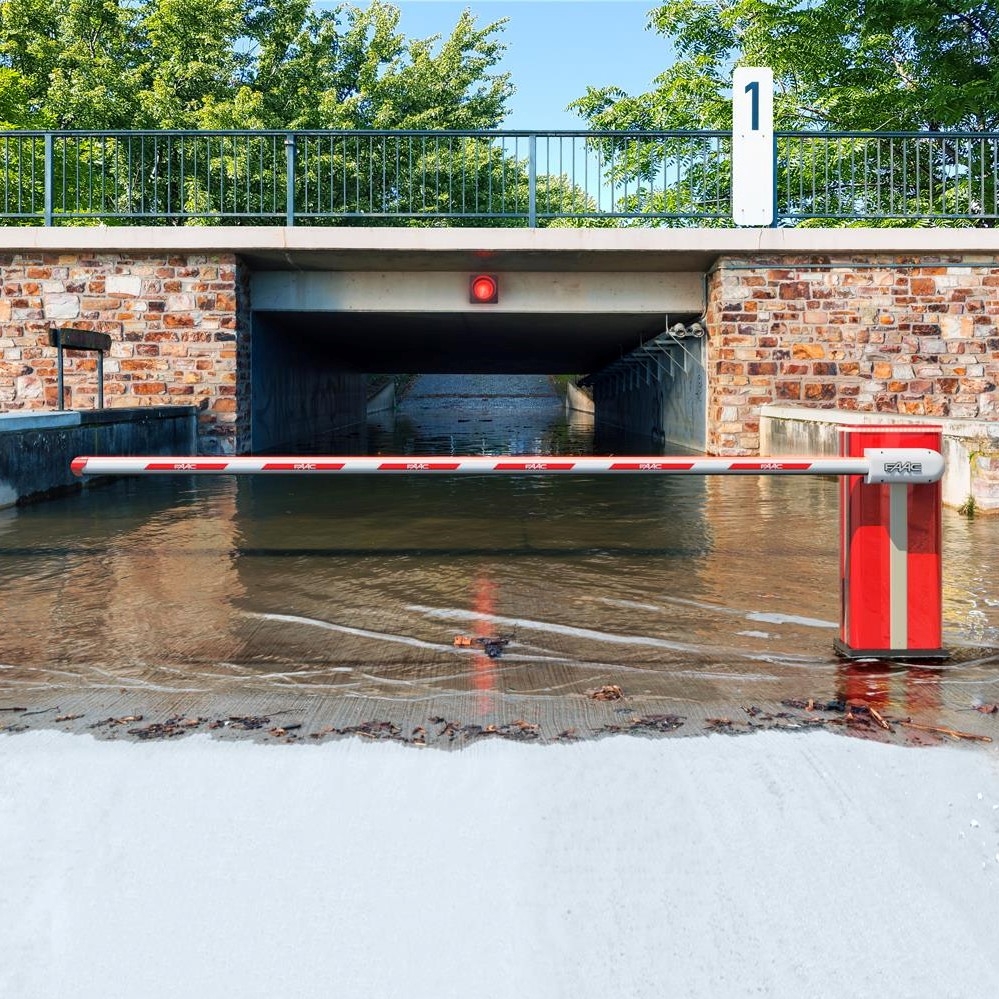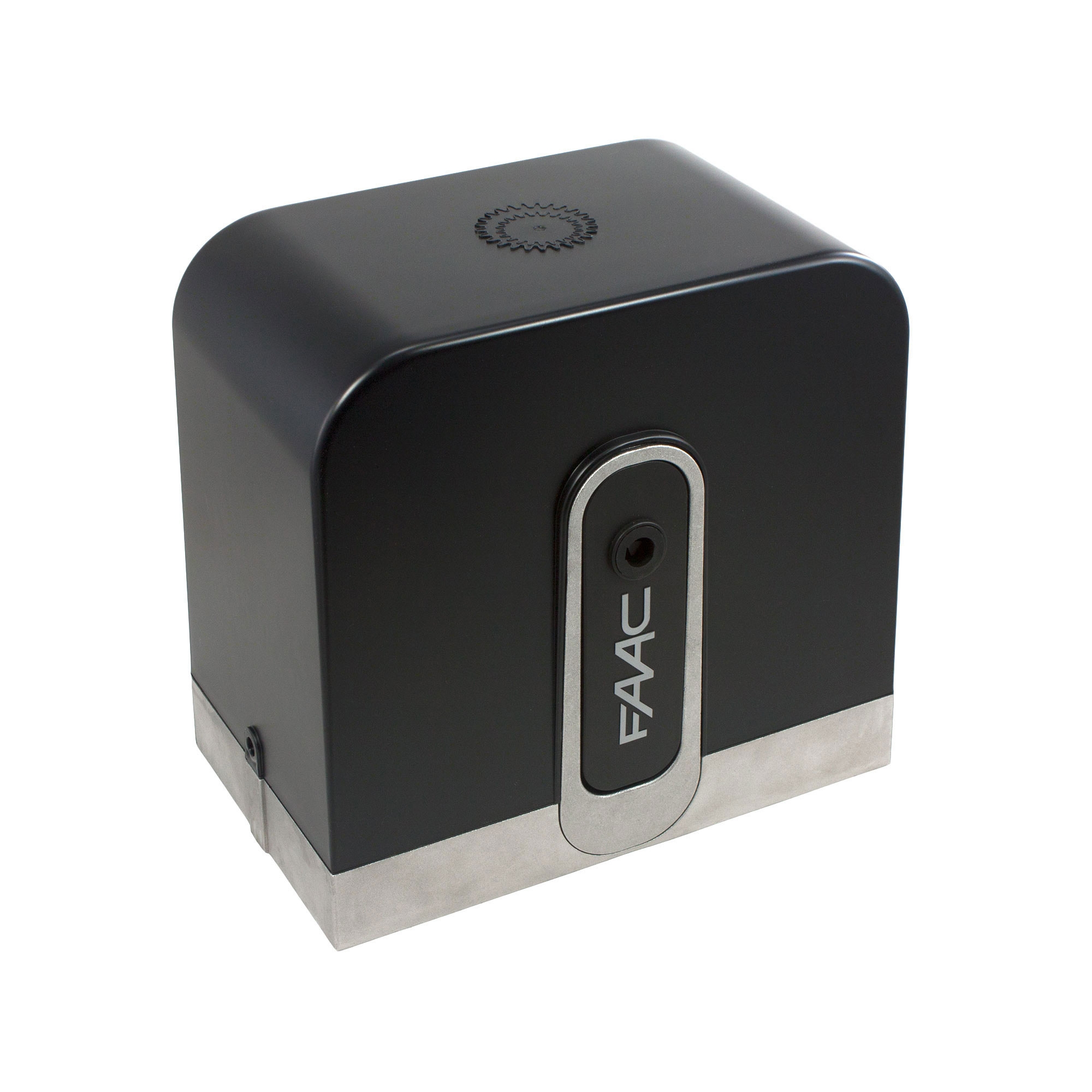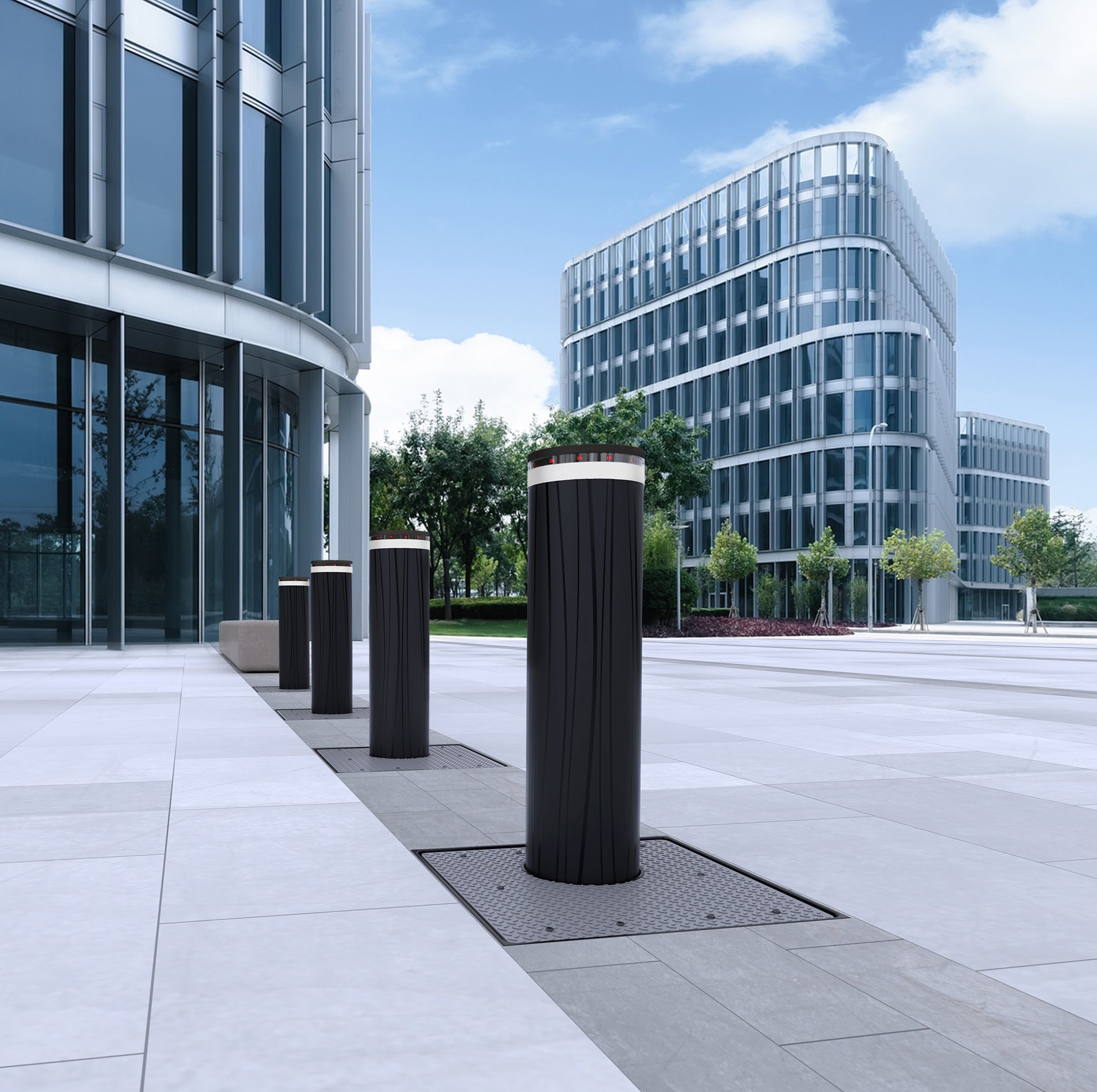M30/M50 Bollard Crash Rating Information
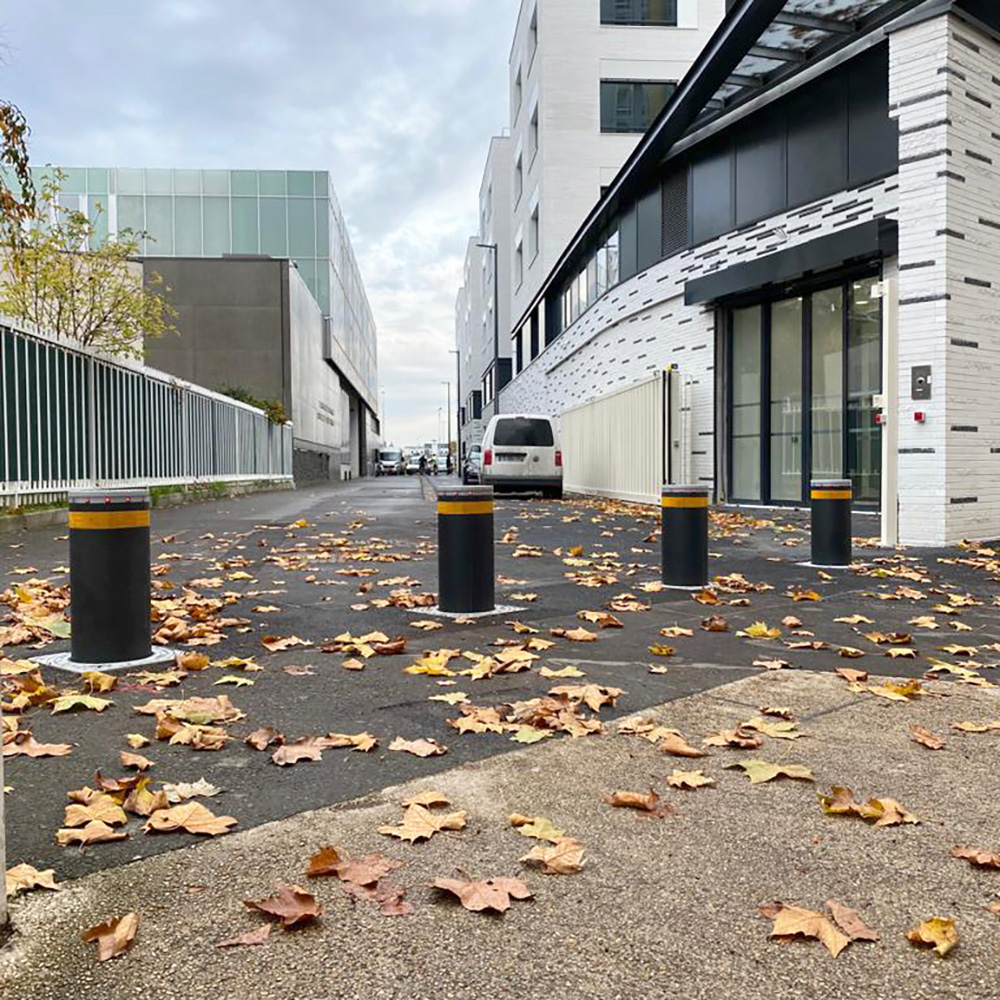
Bollards play a crucial role in everyday safety and security. They protect pedestrians, buildings, and high-security areas from vehicle traffic and also serve as barriers in places like drive-through lanes. These sturdy, thick posts are available in different sizes and finishes, designed for specific applications. Some bollards are fixed in place for permanent protection, while others are retractable, allowing them to be raised or lowered as needed.
Hostile Vehicle Mitigation (HVM) for Enhanced Security
Hostile Vehicle Mitigation (HVM) is a critical security measure designed to protect infrastructure, assets, and property from vehicular-based threats. HVM solutions act as immovable barriers capable of stopping hostile vehicles in the event of an intentional or accidental crash. These barriers are commonly used in high-security environments such as banks, government buildings, data centers, and other critical facilities requiring advanced protection.
To ensure maximum security, HVM products undergo rigorous crash testing to meet internationally recognized safety standards. These barriers typically receive M50 and M30 ratings, signifying their ability to stop a 7.5-ton truck within one meter of impact at speeds of 50 mph (M50) or 30 mph (M30). These ratings provide reassurance that the solutions offer dependable protection against high-impact vehicular threats.
Protecting Property Against Vehicular Threats
High-security barriers play a vital role in safeguarding locations with valuable assets and sensitive operations. To meet the growing demand for effective vehicle mitigation solutions, various HVM products are available, including:
- Barrier Arms: Available in lengths of up to 23 feet, these barriers are durable and provide controlled access while effectively blocking unauthorized vehicle entry.
- Gate Operators: Designed for high-security entrances, these automated systems ensure only authorized vehicles gain access.
- Bollards: Offered in a variety of shapes and sizes, bollards provide strong physical barriers against potential vehicle threats while still allowing access when necessary.
As security challenges evolve, HVM technologies continue to advance. Custom HVM solutions are also available for government agencies and government-contracted projects, ensuring compliance with security and regulatory requirements. More information can be found on the Government Purchases page.
Shop All BollardsCrash Testing and Bollard Protection Levels
Crash testing is essential for determining how well a bollard can withstand and mitigate vehicle impact. These tests are performed to ensure that bollards provide adequate protection for pedestrians, buildings, and high-security locations by stopping or slowing down an incoming vehicle. Bollard crash tests evaluate several factors, including:
- Impact speed: The velocity at which a vehicle collides with the bollard.
- Vehicle weight: The mass of the vehicle used in the crash test, ranging from small passenger cars to large commercial trucks.
- Penetration distance: The extent to which the vehicle moves past the bollard after impact.
- Debris dispersion: How debris from the vehicle and bollard is scattered upon impact.
- Structural integrity: Whether the bollard remains upright and functional after impact.
There are three primary international standards that govern bollard crash testing:
- American Society for Testing and Materials (ASTM) – Primarily used in the United States, ASTM standards set testing procedures for different impact scenarios, including low-speed and high-speed collisions.
- International Workshop Agreement (IWA) 14 – An internationally recognized standard that defines how to evaluate the performance of vehicle security barriers under impact conditions.
- Publicly Available Specification (PAS) 68 – A British standard commonly used for testing perimeter security solutions against high-impact threats, including hostile vehicle mitigation.
ASTM Standards
In the United States, ASTM crash testing standards are widely used to classify bollard performance. The two main ASTM standards relevant to bollards are:
- F3016 & F3016M: These standards evaluate bollards designed to protect against low-speed impacts (vehicles traveling at speeds below 30 mph). They are commonly used in urban areas where vehicle crashes at lower speeds, such as in parking lots, storefronts, and pedestrian zones, pose a threat.
- F2656-07: This standard assesses bollards against high-speed vehicle impacts, making it suitable for locations requiring enhanced security, such as government buildings, military installations, and embassies. It classifies bollards based on the vehicle type, impact speed, and penetration distance.
ASTM testing assigns ratings based on vehicle penetration distance. Bollards that allow a vehicle to penetrate less than 3.3 feet receive a P1 rating, while those allowing more than 98.4 feet of penetration receive a P4 rating. The speed ratings correspond to different vehicle classifications, such as M30 (30 mph), M40 (40 mph), and M50 (50 mph) for medium-duty trucks.
ASTM Penetration and Speed Ratings
The ASTM F2656 standard classifies bollard performance based on vehicle type, impact speed, and penetration depth. The penetration ratings are as follows:
| Vehicle Size | ASTM Standard | Penetration Rating | ASTM Speed Rating |
|---|---|---|---|
| Medium-Duty Truck 15,000 lbs |
F2656 |
|
|
| Small Passenger Car 2,430 lbs |
F2656 |
|
|
| Pickup Truck 5,070 lbs |
F2656 |
|
|
| Heavy Goods Vehicle 65,000 lbs |
F2656 |
|
|
| Surrogate Vehicle 5,000 lbs |
F3016 |
|
|
IWA 14 Impact Testing
The International Workshop Agreement (IWA) 14 is a globally accepted crash testing standard for bollards and vehicle security barriers. It was developed to provide a unified approach to assessing vehicle impact protection in different countries. The standard specifies:
- Test vehicle weight and impact speeds.
- Performance classification based on penetration distance and vehicle immobilization.
- Assessment of the structural integrity of the bollard post-impact.
IWA 14 testing ensures that security barriers can stop vehicles used in ramming attacks or accidental collisions. The test results help determine whether a bollard can withstand real-world impact scenarios while maintaining its structural integrity and effectiveness.
PAS 68 Security Rating
PAS 68 is the UK’s primary impact testing standard for security barriers, including bollards, gates, and road blockers. It is widely used for hostile vehicle mitigation and is a key standard for assessing bollards in high-security environments, such as embassies, stadiums, and government facilities.
PAS 68 testing measures:
- The weight and type of the vehicle used in the test.
- The speed at which the vehicle impacts the bollard.
- The penetration distance of the vehicle beyond the bollard upon impact.
Our PAS 68-rated bollards have achieved an M50 rating, meaning they can stop a 15,000 lb. truck traveling at 50 mph, limiting penetration to just 39 inches (P1 level). This rating ensures that our bollards provide top-tier protection against high-speed, heavy-vehicle threats.
What Is a K Rating?
A K rating is another classification used to evaluate how well a security barrier, such as a bollard, can stop a 15,000-lb. vehicle at various speeds. To meet certification requirements, the bollard must prevent the vehicle from penetrating more than 36 inches at the tested speed.
K Rating Levels
| K Rating | Vehicle Weight | Vehicle Speed |
|---|---|---|
| K4 | 15,000 lbs. | 30 mph |
| K8 | 15,000 lbs. | 40 mph |
| K12 | 15,000 lbs. | 50 mph |
Contact Us
Protect your property with top-rated crash-rated bollards!** Understanding crash ratings is crucial when choosing the right barrier for your security needs. Our expert team is here to guide you through ASTM, DOS, and other impact rating standards, ensuring you get the best protection. **Have questions or need a recommendation? Contact us today!
Contact Us Shop All Bollards
